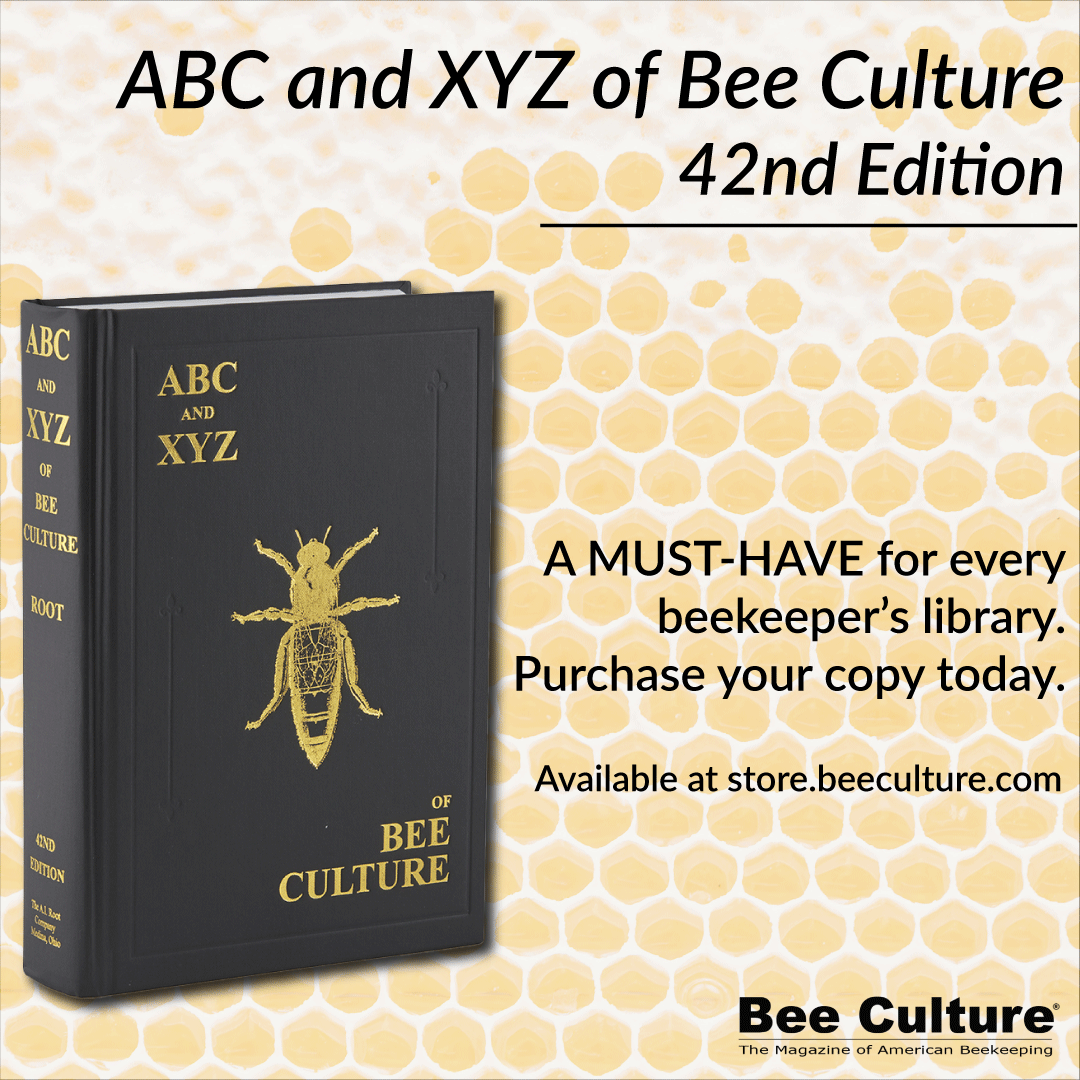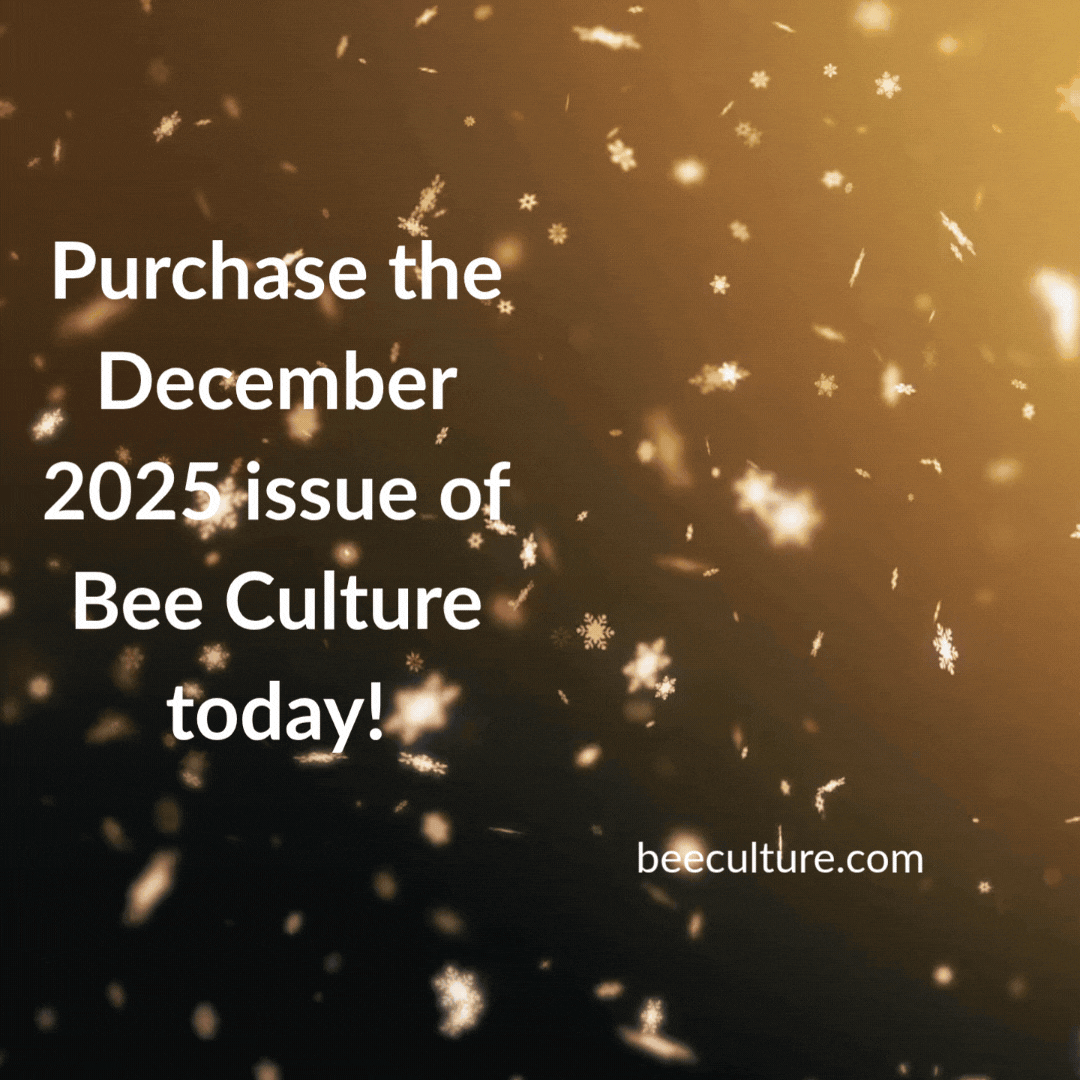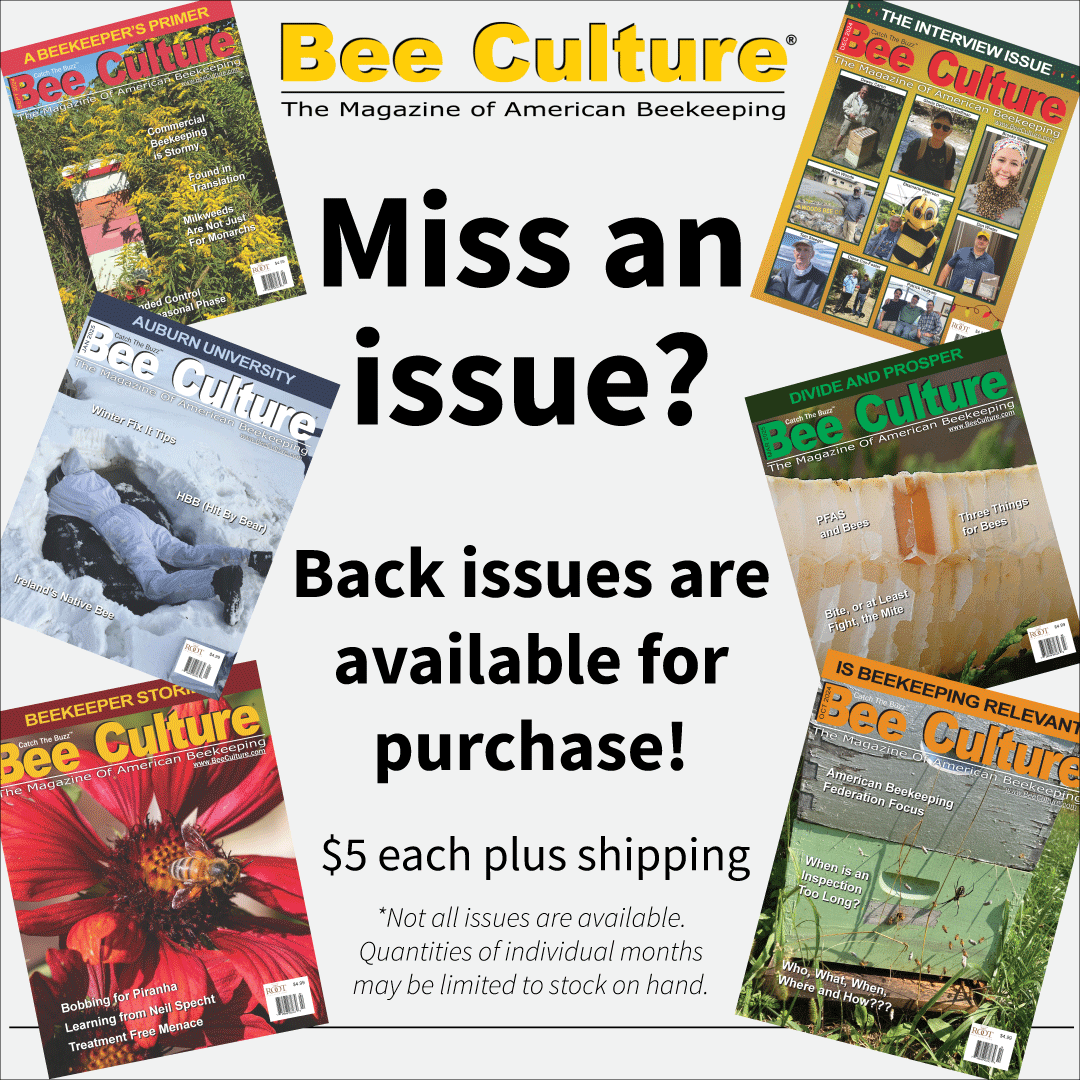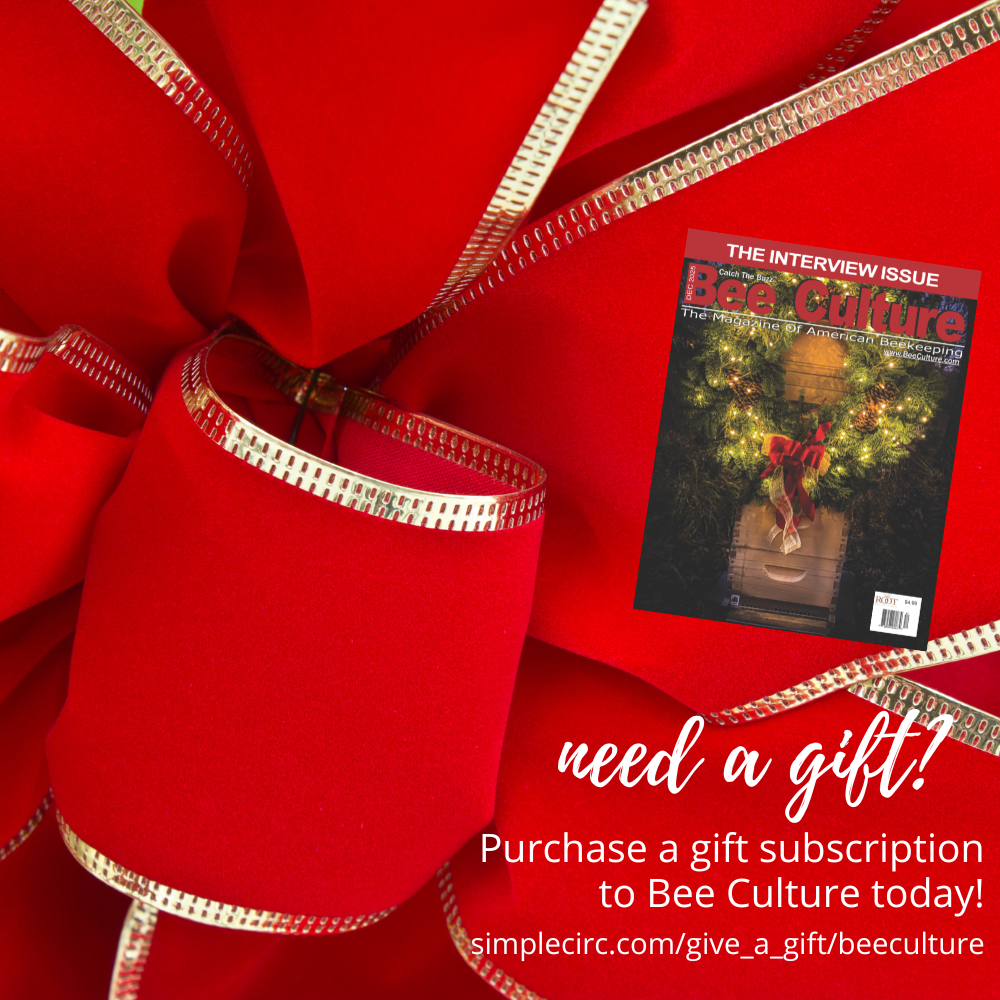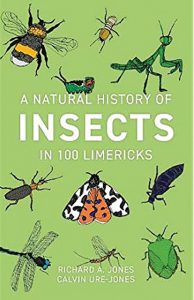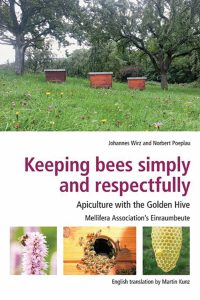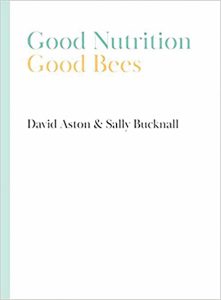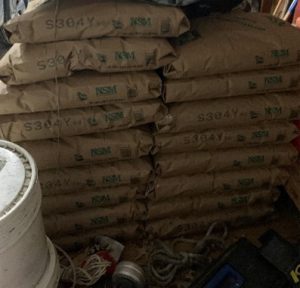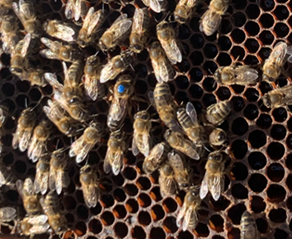A Natural History Of Insects in 100 Limericks. Richard A. Jones (Author) and Calvin Ure-Jones (Illustrator). Published by Pelagic Publishing (www.pelagicpublishuing.com), UK. 5” x 8”, 110 pages, black line drawings throughout, soft cover, $12.99 on Amazon.
This distinctly different book looks at 100 different insects and tells a story about each. The line drawing illustrations of each are useful and accurate, and the sound bite of information that is presented on each insect highlights the usefulness, or not, of each, and notes individual identification, value, or not, and some note on individual biology. For instance, for bumblebees, it notes that their fluffy bodies enable them to engage in foraging when other insects can’t fly, so they are out earlier in the year, earlier in the day, further north and further up the mountain than other bees. However, when it is too warm, they can overheat. To regulate this to a degree, they can regulate the flow of hemolymph past a hairless patch on the underside of their abdomen to dissipate some of the excess warmth.
But it’s the limerick about each that draws you into each of these. Most are pretty straight forward, like the bumble bee’s –
The bumble bee got rather hot,
Because she had foraged a lot.
In cold it was good
Having fur coat and hood,
But in sunshine it really was not.
Others are a tad stretched to make a rhyme, but it makes it all the more fun to read. One downside, the author did not include the honey bee. It is referenced to on occasion when compared to other insects, but she does not have her own limerick – so, to balance this out, I wrote these you can copy on the blank page in the back of the book.
A honey bee drone felt rude,
And thought himself quite a dude.
So off he went flying
Not thinking of dying,
Until meeting a queen not a prude
A honey bee danced through the night,
Sharing the course of her flight.
And all the time smelling
Like nectar compelling,
That would feed her sisters just right
The Queen bee is constantly fed,
By workers carefully bred
To be immune to the mites
That they constantly fight,
And other diseases they dread.
Kim Flottum
Growing Planet Media
Keeping bees simply and respectfully. Apiculture with the Golden Hive. Johannes Wirz and Norbert Poeplau. Published by Northern Bee Books and IBRA, UK. ISBN 978-1-913811-03-7. 6” x 9”, 173 pages, color throughout, soft cover, $42.00.
The German Non-governmental Organization – Mellifera – works to protect bees, humans, and nature. The Golden Hive, which has been developed in the teaching apiary owned by Mellifera, provides optimal living conditions for the bees: they build their own comb and they are allowed to swarm, which benefits their health and makes many interventions by beekeepers superfluous. The colony has enough space in one single cavity, which allows it to develop as one contiguous organism, while retaining sufficient honey stores. It is, simply, a long hive, with a single cavity.
Dr. Johannes Wirtz, a board member of Mellifera, and master beekeeper Norbert Poeplau provide an introduction to the concept of bee friendly beekeeping and insights into the fascinating life of the makers of honey. They guide the reader step by step while managing a Golden Hive throughout the course of a year. Important issues related to location, swarming, and winter feeding are addressed.
Varroa treatment is addressed, along with sampling and suggestions for timing treatments. Organic acids are suggested as the chemical treatments of choice if necessary, using any of several techniques. The bacterial diseases are dealt with completely differently than in the US, as German laws differ in notification, destruction, movement and non-chemical treatments. Of course if adhering to natural techniques, drugs are out of the question. Then, destroying the equipment is one way to rid the region of these pests, while artificial swarming is another. But tensions arise when the disease is found, and beekeepers in the ‘standstill’ zone can not leave, nor can other beekeepers move in. Changing those laws is recommended.
The real value of this book to most beekeepers is that it is yet another look at managing long hives. Frame size is large, and the height can be adjusted to accommodate the beekeeper.
There is some attention paid to basic beekeeping chores – setting up, harvesting, feeding, and using the products that can be harvested. And working with children and bees is part of this. But much is aimed at the natural setting this hives allows, and if this is your goal, this is your book.
Kim Flottum
Growing Planet Media
Good Nutrition. Good Bees. David Aston & Sally Bucknall. Published by Northern Bee Books, UK. ISBN 978-1-912271-95-5. 8” x 11”, 428 pgs. Soft cover, black and white. $49.00 from Amazon and others.
This very recent publication is a whole new way at looking at what, and how, the role of nutrition plays in the lives of honey bees. The British authors sum it well in the introduction: “As we shall see, understanding and meeting the needs of the honey bee are, as in any organism, key to their survival and future”.
The detail in this book cannot be fully comprehended just by looking at it. Even the table of contents requires study. It fills 13 pages, fully describing the contents of the 62 chapters, including two Annexes that discuss the plants bees use. The references cover 17 pages. Many of them are available, but sadly, many are not, or not easily obtained by anybody other than the closed world of the scientific community. Probably the first thing you will notice is that there is not a single photo in this book. Not one. Interestingly, I don’t think one was needed considering the detail used to study each topic covered.
As this was written, primarily, for British beekeepers and scientists, there is the necessary introductory information on the climates of the British Isles, and a short history of the honey bee there. This is followed by a short description of beekeeping and colony management, the structure and biology of the superorganism that is a honey bee colony, and the life cycles, colony size, and colony members. These sections alone would make a excellent introductory book on bees and beekeeping, but next follows the meat of the matter.
To understand how the flow of this book works, imagine all of the things all of the bees in a colony do over the course of the life of the bee, and the life of the colony. Aston and Bucknall have then examined the role of how each of these is affected by good, average or bad nutrition. What happens to foragers if they don’t get enough protein in their diets? What happens to immune systems when challenged by poor food choices? And what role does nutrition play in a colony facing all of the pests and predators a colony is subject to – diseases, mites, beetles, wax moths, mice, wasps, viruses, pesticides – and more.
Water. In how many ways is this taken-for-granted nutritional supplement abused, and used, in a colony. And what nutritional requirements are needed for queens, workers, drones, immatures, and what happens if they don’t get those required nutrients, or only most of them? Or only for awhile? And how does a colony regulate the collection and storage of all of these, so there’s always enough good food?
And what is all of that nutrition based on? Of course, what do bees eat, what do bees collect and store, and what can happen to these sources of vitamins, minerals, and the rest? Of course – bees eat flowers, well, parts of flowers – nectars, pollens, honeydews. And is purple pollen better than yellow pollen?
What are the sources, and eventual uses of fatty acids, lipids, sterols, vitamins, inorganic elements, and the rest of what they need? The detail in this section is eye opening.
And propolis? Is that a food? How is it used? And what about venom? Where does that come from, and how is it produced is explained.
Is feeding a honey bee colony necessary, sometimes, all the time? What do you feed, and how do you feed it are looked at – carbs, proteins, fondants, pollen patties and when and why and how. But you have to know what a frame feeder is when you get to this part.
Finally, a seasonal look at nutrition. The overall year, then the Spring expansion, early and mid-Summer, late Summer and Autumn and just before the onset of Winter. And just for a bit more detail, what about drawing foundation, queen rearing, moving for and recovering from pollination services.
The finale are the two annexes. What plant families are best for bees, and a bit about their nectaries, and some notes on what the effects of different kinds of soil may have on these plants.
This isn’t a book you’ll sit and read on a quiet winter evening. But you will refer to it time and again when something goes wrong and you don’t know what, or, what to do. Your job is to make sure your bees have enough good food, all of the time, for every bee in the bunch.
Kim Flottum
Growing Planet Media



